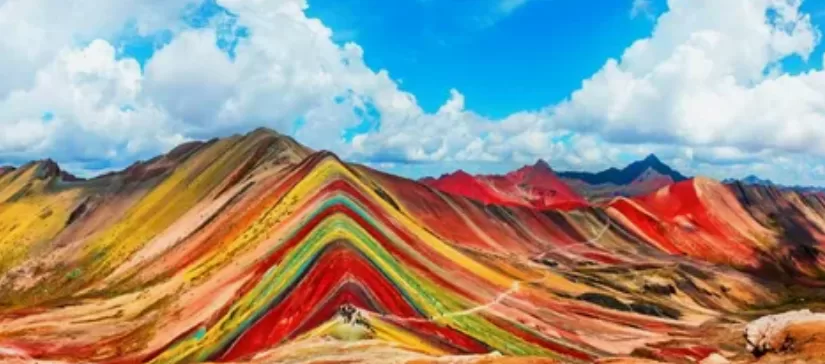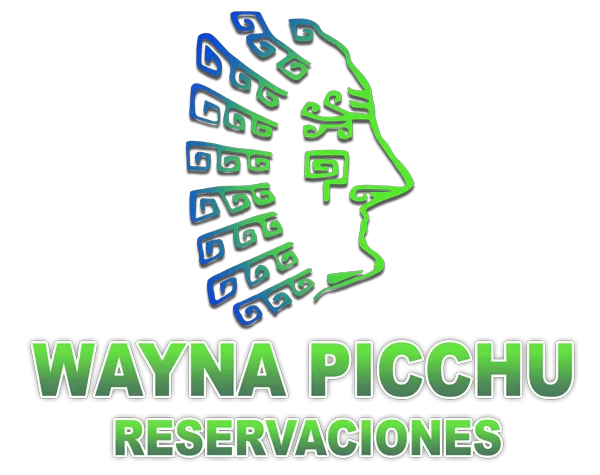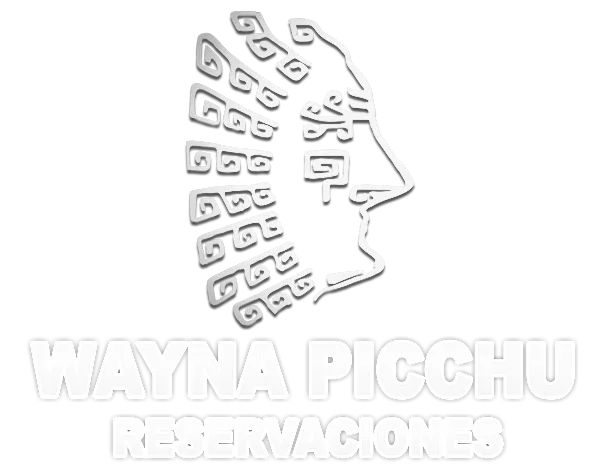Travel Recommendations for Visiting the Montaña de 7 Colores (Rainbow Mountain)
If you’re planning to visit the Montaña de 7 Colores, also known as Rainbow Mountain, in Peru, you’re in for a spectacular adventure. This breathtaking destination has become one of the most popular natural attractions in South America, thanks to its vivid mineral stripes and stunning high-altitude landscapes. Here are some recommendations to ensure a safe, enjoyable, and unforgettable experience at the Montaña de 7 Colores.

1. Acclimatize Properly
The Montaña de 7 Colores sits at an altitude of over 5,000 meters (16,500 feet). This high elevation means the air is thinner, and altitude sickness is a real possibility. Spend at least two or three days in Cusco (3,400 meters) before attempting the hike to acclimatize. Avoid alcohol, stay hydrated, and consider coca tea or altitude medication if needed.
2. Choose the Right Season
The best time to visit the Montaña de 7 Colores is during the dry season, from May to September. The weather is more stable, skies are clearer, and trails are less muddy. Avoid the rainy season (November to March), when the paths can be slippery, visibility is poor, and the vibrant colors of the mountain may be obscured.
3. Book a Reputable Tour Operator
There are many tour companies offering day trips to the Montaña de 7 Colores. Choose a reputable one that provides experienced guides, oxygen tanks, and emergency support. Some tours include breakfast and lunch, which is helpful for such a long day. You can also opt for private tours or small group options for a more comfortable experience.

4. Dress in Layers
The weather in the Andes can change quickly. Mornings are cold, afternoons can be sunny, and sudden rain is always a possibility. Wear layers: a moisture-wicking base layer, a warm fleece or down jacket, and a waterproof outer shell. Don’t forget a hat, gloves, sunglasses, and sunscreen.
5. Wear Proper Footwear
A hike to the Montaña de 7 Colores requires sturdy, comfortable, and waterproof hiking boots. The terrain is uneven and can be muddy or slippery, especially after rain. Good ankle support is crucial to prevent injuries on the trail.
6. Bring the Essentials
Pack light but smart. Bring a small daypack with water (at least 1.5 liters), snacks, sunscreen, lip balm with SPF, tissues or wet wipes, and a reusable rain poncho. Hiking poles can be very helpful, especially for descending the trail.
7. Start Early
Most tours begin early, with pickups around 4 AM. This allows you to reach the Montaña de 7 Colores before the crowds arrive and when the lighting is better for photographs. Early arrival also helps avoid afternoon weather changes that might obscure the views.
8. Respect the Environment and Locals
The Montaña de 7 Colores is a sacred place for the local Quechua communities. Show respect by staying on marked paths, not littering, and not disturbing wildlife or grazing animals. Many locals work in tourism, and purchasing snacks or crafts from them supports the local economy.
9. Know Your Limits
The hike is challenging due to the altitude, not the distance. If you feel unwell or experience symptoms of altitude sickness—headache, nausea, dizziness—stop and inform your guide. There are horses available for rent along the trail if you need assistance getting up to the Montaña de 7 Colores.
10. Capture the Moment
Don’t forget your camera or phone, but also take time to appreciate the natural beauty without a screen. The Montaña de 7 Colores offers views that few places on Earth can match. Be mindful of others taking photos, and be patient with the crowds.

Additional Travel Tips
- Toilet facilities along the way are basic, usually portable or temporary toilets near parking areas and trail entrances. Bring your own toilet paper and hand sanitizer.
- Food and water safety: Only drink bottled or filtered water. Avoid raw or uncooked foods during your acclimatization period to prevent stomach problems.
- Travel insurance is highly recommended, especially policies that cover high-altitude trekking and emergency evacuation.
- Communication: There is little to no cell signal in the area. Let someone know your travel plans and expected return time.
Why Visit the Montaña de 7 Colores?
The Montaña de 7 Colores has become a symbol of Peru’s rich geological and cultural heritage. Formed by weathering, mineral deposits, and other geological processes over millions of years, this natural wonder showcases stripes of red, yellow, green, blue, and purple. It’s not just a beautiful sight—it’s a powerful reminder of Earth’s ancient history.
Tourists from around the world make the journey to stand in awe of the Montaña de 7 Colores, to breathe the crisp Andean air, and to take in the sweeping views of surrounding peaks. For many, it is the highlight of their South American travels.
Even though the hike can be demanding, especially for those not used to high altitudes, the reward at the end is well worth the effort. Standing before the colorful ridge, you will feel a deep sense of accomplishment and connection to the natural world.
Alternative Routes and Nearby Attractions
If you want to avoid the crowds, consider the Ausangate Trek, a multi-day hiking route that passes near the Montaña de 7 Colores and offers more isolated views. There’s also the Red Valley, which is often included in the same trip and provides a spectacular reddish landscape.
Final Words
Prepare, respect, and enjoy. A visit to the Montaña de 7 Colores is more than a hike—it’s an experience that blends nature, culture, and personal achievement. Whether you’re a seasoned hiker or a casual traveler, this magical mountain will leave a lasting impression.
So lace up your boots, take a deep breath, and start your journey to the Montaña de 7 Colores.
You won’t regret it.


